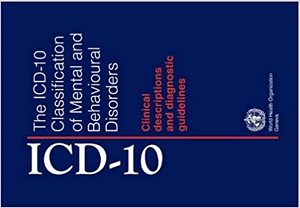In certain cases, ICD-10-CM guidelines require more than one diagnosis code to report a condition. The use of two diagnosis codes in is called “mandatory multiple coding,” “dual classification,” “dual coding,” or “mandatory dual coding.” One specific example of such mandatory dual coding is termed “etiology/manifestation conventions” and involves the reporting of both a disease (the ‘cause’ or underlying problem) and one of its manifestations (the ‘effect’ or another condition caused by the problem).
Etiology’ versus ‘Manifestation’

The etiology ‘cause’ code is the underlying disease and must be listed first, before the code for a related manifestation. When a diagnosis is under consideration as an etiology diagnosis, the HHA is expected to ensure that a valid manifestation code is sequenced immediately following the assignment of the etiology code. The manifestation diagnosis is the relevant condition caused by the underlying disease and is never assigned as the patient’s primary diagnosis. In most cases the manifestation code will have in the code title, “in diseases classified elsewhere.” Codes with this title are a component of the etiology/ manifestation convention. The code title indicates that it is a manifestation code. “In diseases classified elsewhere” codes are never permitted to be used as or principal diagnosis codes. The code must be used in conjunction with an underlying condition - etiology - code. 
A good example…
Secondary sideroblastic anemia (D64.2) cannot be coded by itself. D64.2 is a ‘manifestation’ code and is always caused by another underlying problem. One cause of D64.2 is Osteonecrosis in diseases classified elsewhere, left upper arm (M90.522). If you are using Secondary sideroblastic anemia (D64.2) on your M1021/3 list, you must list it UNDER an etiology code… M90.522 will be listed ABOVE D64.2 on the list.
Refer to CMS Guidelines…
For supporting documentation please refer to CMS’s guide to home health diagnosis coding go https://www.cms.gov/Medicare/Quality-Initiatives-Patient-Assessment-Instruments/HomeHealthQualityInits/downloads/HHQIAttachmentD.pdf



